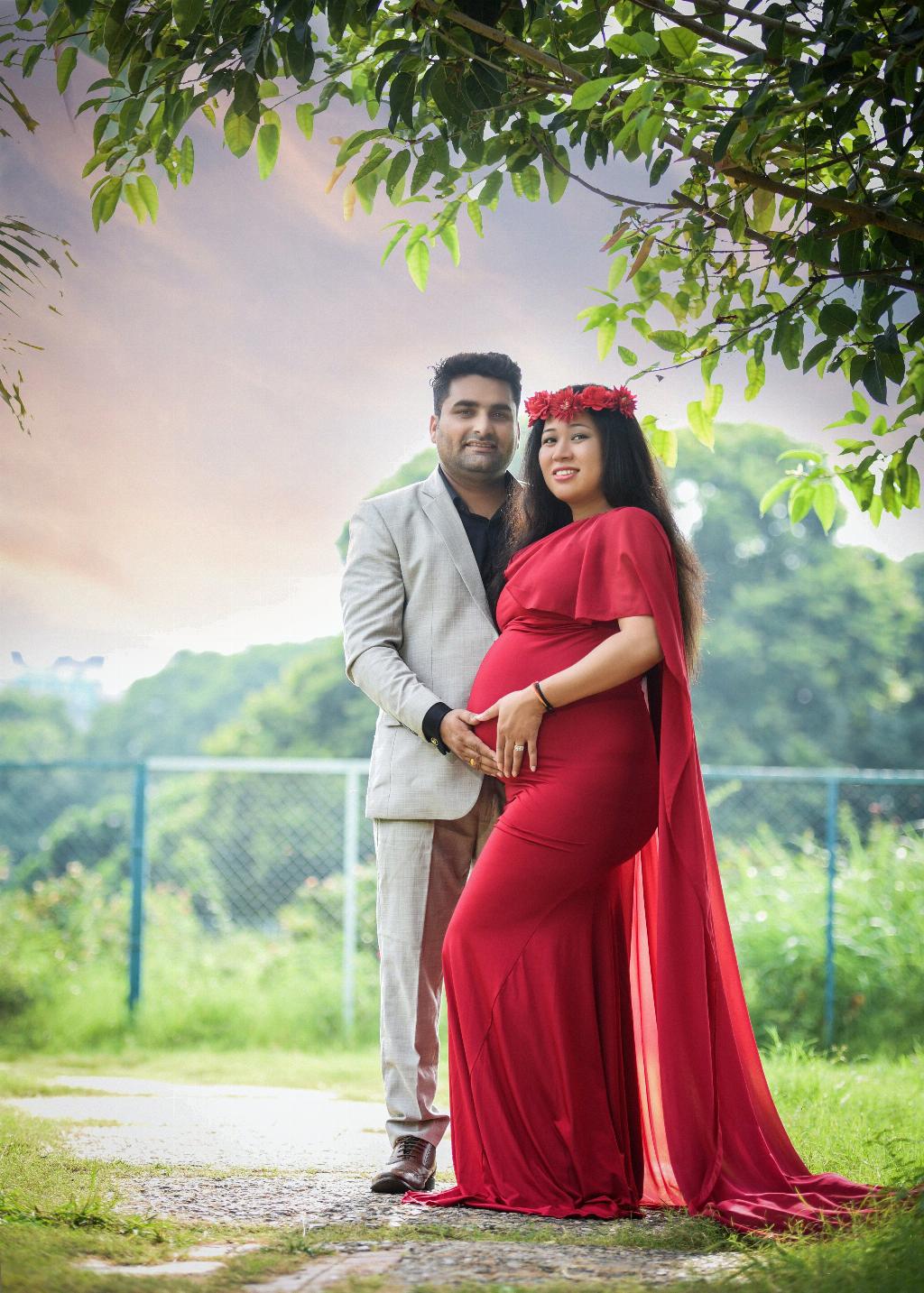Understanding the Lump in Your Stomach After a C-section
After going through the process of a Caesarean section, also known as a C-section, it is common to experience certain physical changes and potential complications in the postoperative period. One prevalent concern that individuals may encounter is the development of a lump in the stomach area near the surgical incision site.
This lump, which can vary in size and texture, often raises questions and prompts individuals to seek answers regarding its nature and implications. It is crucial to acknowledge that various factors can contribute to the formation of this lump, and understanding these aspects can help in addressing concerns and taking appropriate measures.
One primary consideration when evaluating a lump in the stomach after a C-section is the healing process of the surgical incision. The body undergoes extensive changes during this phase as it works to repair tissues and close the incision site. In some instances, the lump may be a result of normal healing mechanisms, such as the formation of scar tissue or localized inflammation.
However, it is essential to differentiate between a lump that is part of the healing process and one that may indicate a potential complication. In cases where the lump is accompanied by symptoms such as severe pain, redness, warmth, or discharge from the incision site, it is crucial to seek medical attention promptly to rule out any underlying issues.
Furthermore, the lump in the stomach after a C-section can sometimes be attributed to specific postoperative complications. For instance, the formation of a hematoma, which is a localized collection of blood, or an abscess, which is a pocket of pus, near the incision site can manifest as a palpable lump.
Other potential causes of a lump in the stomach following a C-section include granulomas, desmoid tumors, endometriosis, hernias, sebaceous cysts, neuromas, and soft tissue tumors. Each of these conditions presents distinct characteristics and may require different approaches for diagnosis and management.
In some cases, the lump in the stomach after a C-section may be associated with issues such as nerve damage or adhesion formation. Nerve damage can lead to altered sensations or discomfort in the abdominal area, while adhesions refer to bands of scar tissue that can cause organs or tissues to stick together, potentially contributing to the formation of a lump.
It is important to approach any concerns related to a lump in the stomach after a C-section with attentiveness and proactive communication with healthcare providers. Medical evaluation, which may involve physical examination, imaging studies, or other diagnostic tests, can help in determining the cause of the lump and guiding appropriate treatment decisions.
Additionally, individuals who notice changes in the appearance, size, or symptoms associated with the lump should not hesitate to seek medical advice. Timely intervention can help in addressing any underlying issues and promoting optimal recovery following a C-section.
In conclusion, while the presence of a lump in the stomach after a C-section can be concerning, it is essential to approach the situation with a comprehensive understanding of the potential causes and implications. By staying informed, proactive, and attentive to any changes or symptoms, individuals can navigate this aspect of the postoperative period with confidence and ensure their well-being.

